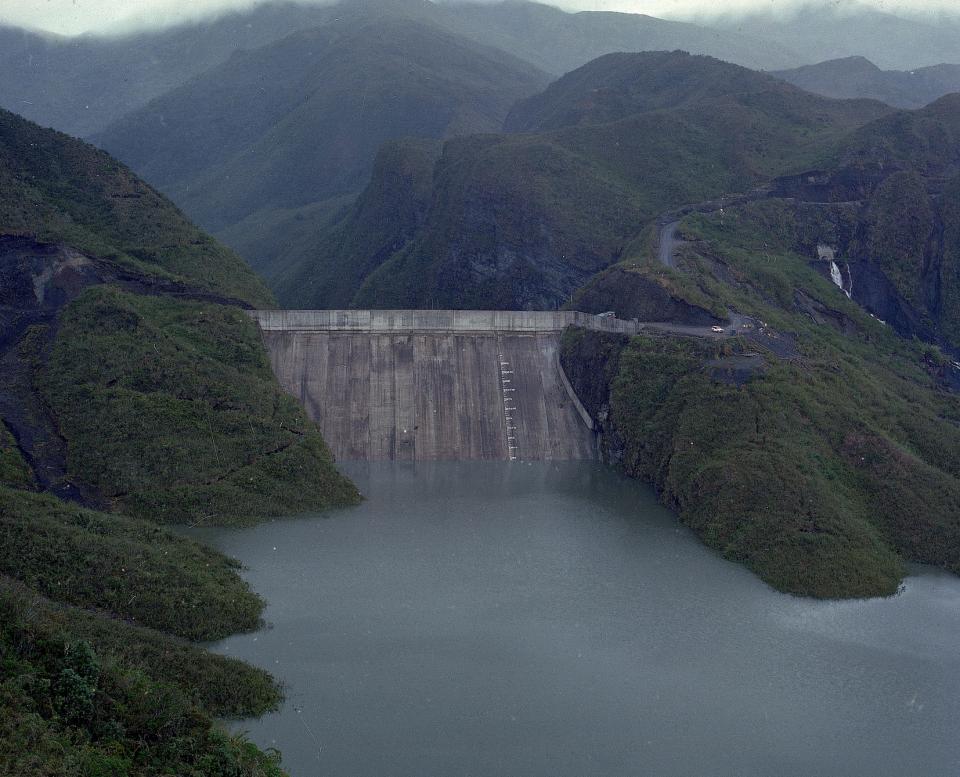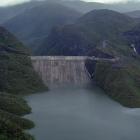
Saúl Ordúz, Visitas Presa de Golillas, 1982
Saúl Ordúz, Visitas Presa de Golillas, 1982
© 1982 Saúl Ordúz. Courtesy of Museo de Bogotá. Instituto Distrital de Patrimonio Cultural. Collection Saúl Ordúz, Reference MdB09512
The copyright holder reserves, or holds for their own use, all the rights provided by copyright law, such as distribution, performance, and creation of derivative works.
This image appears in: Gallini, Stefania, Laura Felacio, Angélica Agredo, and Stephanie Garcés. “The City’s Currents: A History of Water in 20th-Century Bogotá.” Environment & Society Portal, Virtual Exhibitions 2014, no. 3. Rachel Carson Center for Environment and Society. http://www.environmentandsociety.org/node/6295.
The Chingaza Páramo project consisted of the deviation of the Chuza, Guatiquía, and Frío rivers towards Bogotá and therefore turned them into new tributaries of the basin of the Bogotá River at the western limits of the city’s expansion area. Construction works included the Golillas Dam, which made possible the creation of the Chuza Reservoir, with a storage capacity of 250,000,000 cubic meters of water from the Chuza and Guatiquía Rivers and from other minor sources such as the Golillas and Leticia rivulets. The stored water was transported to the city through a conduction system of over 37 kilometers that ended in the Francisco Wiesner Treatment Plant, where up to 1,209,600 cubic meters underwent purification per day.
—Stefania Gallini, Laura Felacio, Angélica Agredo, and Stephanie Garcés
Read more about water supply and consumption in Bogotá here.


